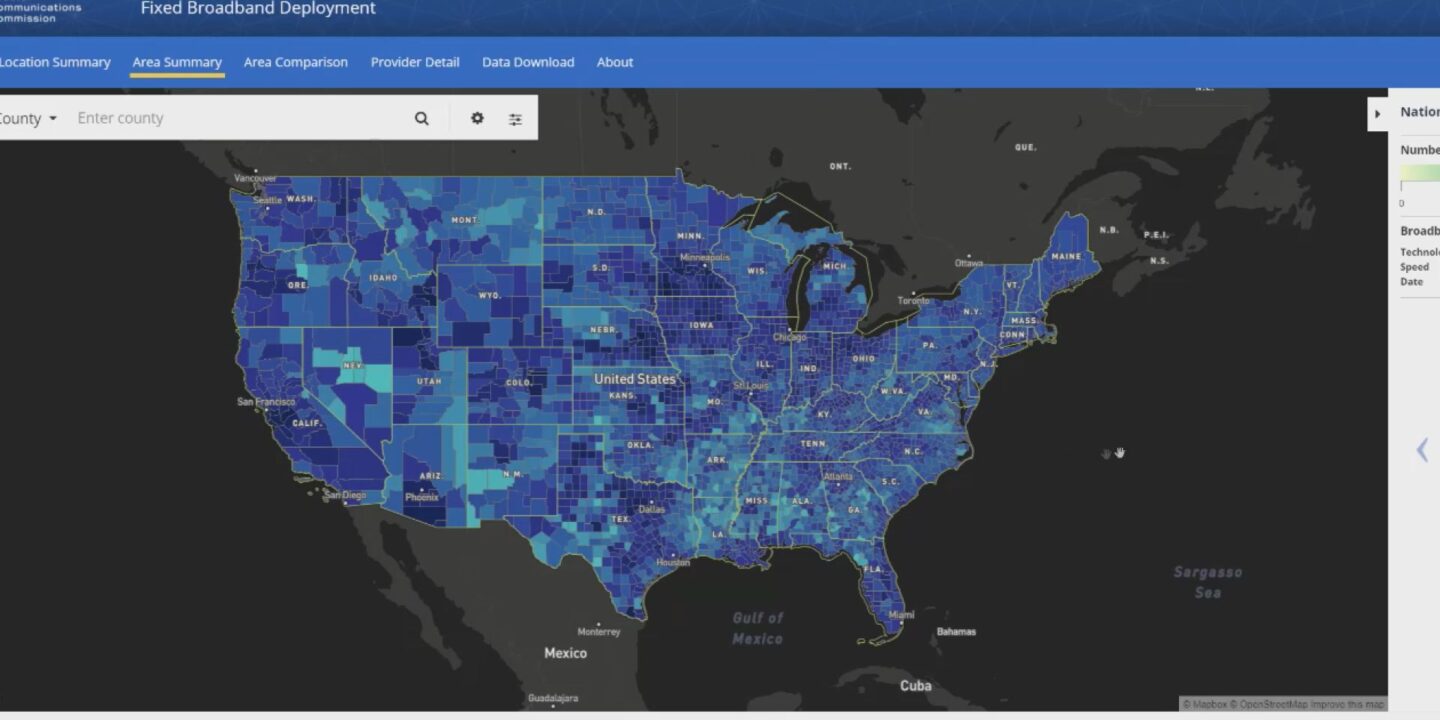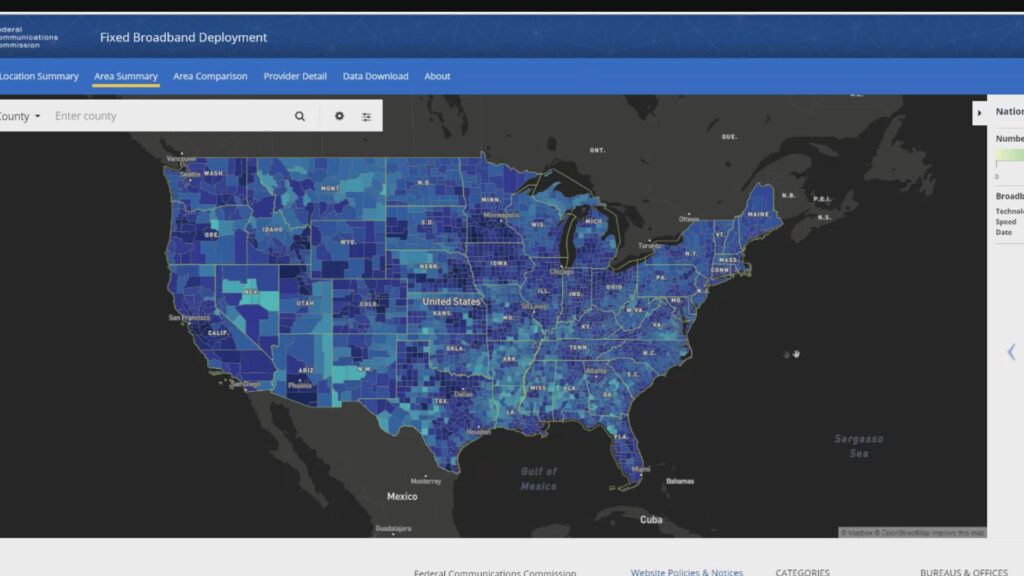- Home
- The Latest
- Find out if you can get faster ...

Never mind the grass being greener, the internet may be faster across the street.
You may have to put up with buffering every time you try to watch something on Netflix while your neighbor isn’t just streaming video, their kids are playing online video games and there are 6 computers and smartphones all connected to their WiFi router.
What gives?
It’s entirely possible that your neighbor is getting faster internet speeds than you do if they’re using a different internet provider. It can vary from street to street, even house to house. If you don’t know what’s available at your address, you could be paying too much for speeds too slow. Now there’s a map where you can find out.

You’ll find it on the FCC website, specifically www.broadbandmap.fcc.gov. Here’s how it works:
Search for your home address when you get to that homepage which will show your home and street on a map. There are different shades of blue but you can ignore the colors. It only tells you how many choices are available in that area.
What you’ll want to see is the Information on the right side of the page which shows all of the providers you can choose from, along with the download and upload speeds provided by each company.
You May Have Better Options
One address I searched for shows that AT&T Fiber and Comcast Cable are both available with 1 gig or 1,000 megabytes per second for downloads. That’s the important number for streaming video, playing games, and connecting multiple devices to your WiFi network.
If you frequently upload files to cloud servers, you’ll want to pay attention to the upload speeds and there’s a huge difference. In that same location search, AT&T fiber offers 1 Gig upload while Comcast is just 35 megabytes per second.
Some rural areas have fewer companies to choose from. It’s common to see many rural communities topping out at just 100 megabytes per second for downloads.
You can search any street address in the country, so for people who are thinking of buying a new house, this is valuable research.
The broadband map is about a year old and the FCC is updating it regularly. http://www.broadbandmap.fcc.gov

